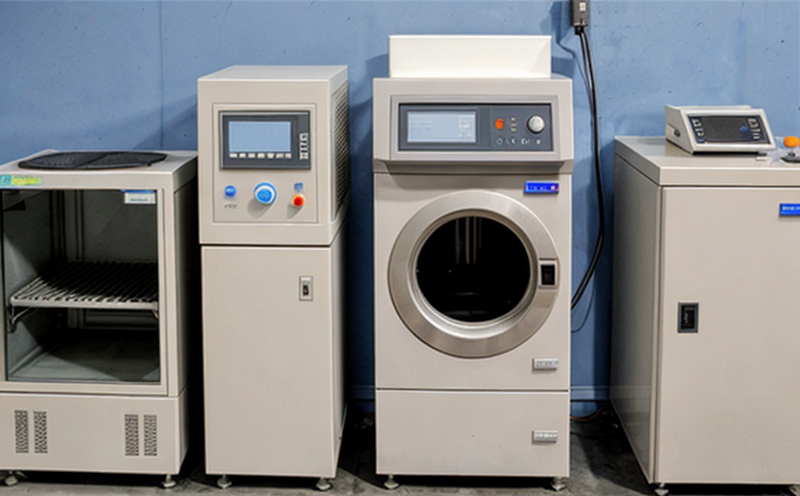ISO 29701 Solubility Testing of Nanoparticles in Biological Media
The ISO 29701 standard provides a comprehensive framework to assess the solubility and dissolution behavior of nanoparticles in biological media, which is crucial for understanding their potential impact on human health and the environment. This test is particularly important as nanomaterials are increasingly used across various industries, including pharmaceuticals, cosmetics, and electronics.
The procedure involves dispersing nanoparticles into a range of biological fluids such as water, serum, or cell culture medium under controlled conditions that mimic real-world exposure scenarios. The dissolution rate of the nanoparticles is then measured over time using advanced analytical techniques like inductively coupled plasma mass spectrometry (ICP-MS) and dynamic light scattering (DLS).
The significance of this test lies in its ability to predict whether nanoparticles will remain intact or break down into smaller particles, which can have different biological effects. For instance, certain nanoparticle species may release toxic ions or fragments that could be harmful if they enter the body. By conducting ISO 29701 tests, manufacturers and researchers can ensure that nanomaterials are safe for use in consumer products.
Our testing facility utilizes state-of-the-art equipment to perform these experiments with precision and accuracy. Our team of experts follows strict protocols outlined by the standard to ensure reliable results. We also offer additional services such as consultation on test design, interpretation of data, and assistance with regulatory compliance.
The importance of this type of testing cannot be overstated, especially given the growing number of applications for nanomaterials. From drug delivery systems to environmental remediation technologies, understanding how nanoparticles interact with biological systems is essential for developing safe products.
- Water
- Serum
- Cell culture medium
In summary, ISO 29701 solubility testing of nanoparticles in biological media is a vital tool for ensuring the safety and efficacy of nanomaterials. By providing accurate data on nanoparticle behavior in various biological environments, this test helps to protect both human health and the environment.
Applied Standards
The ISO 29701 standard is widely recognized as one of the most comprehensive guidelines for assessing the solubility and dissolution rate of nanoparticles. It specifies the methods, equipment, and procedures required to conduct these tests in a consistent and reliable manner.
The standard covers several key aspects:
- Preparation of biological media
- Dilution of nanoparticles
- Dissolution time points for measurement
- Data analysis techniques
By adhering to these standards, laboratories like ours ensure that our results are accurate and comparable with other testing facilities around the world. This consistency is crucial when it comes to regulatory compliance and ensuring product safety.
Why Choose This Test
The ISO 29701 solubility test offers several advantages over other methods of assessing nanoparticle behavior:
- Precision: The use of advanced analytical techniques allows for precise measurement of the dissolution rate.
- Reproducibility: Strict adherence to standard protocols ensures that results are consistent and repeatable.
- Compliance: By following the ISO 29701 guidelines, manufacturers can ensure their products meet regulatory requirements.
- Safety: Understanding nanoparticle solubility helps identify potential risks associated with product use.
For quality managers and compliance officers, this test provides peace of mind knowing that they are following best practices. R&D engineers benefit from the detailed insights into nanoparticle behavior that can inform product development decisions. Procurement teams can rely on accurate data to make informed purchasing choices.





